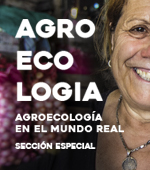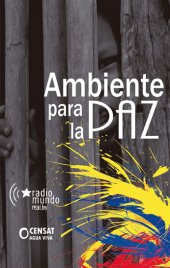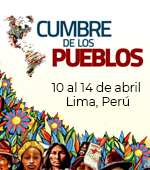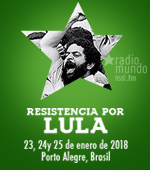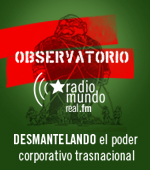12 de julio de 2010 | Noticias | Consulta Regional de OSC para la Tenencia de Tierra y Recursos Naturales | Soberanía Alimentaria
On the Move
The voice of the nomad peoples is heard in Rome
Descargar: MP3 (2 MB)
Taghi Farvar is the secretary of the Global Nomad Peoples’ Alliance. In the regional consultation of civil society organizations of Europe, Central and West Asia on the Voluntary Guidelines on Land Tenure of the UN Food and Agriculture Organization (FAO), Farvar made a description of the nomad peoples that gave an understanding of their way of life and of the problems they currently face.
The presentation was part of the first day of the FAO’s consultation. Razan Zuayter, member of the Arab Group for Nature Protection, Róbert Fidrich, of Friends of the Earth Hungary, Leonardo Gallico, of AIAB (Italian Association for Organic Agriculture), and Claire Quintin, of MIJARC (International Movement of Catholic Agricultural and Rural Youth) also spoke at the panel.
Farvar spoke about the difficulty of showing the huge diversity of the nomad peoples, where every one of them is raised around their territory, giving way to what they define as nation, people, clan. Their natural state is moving, being nomads, which is understood from a sustainable conception of the use of resources. It is precisely moving what enables the land to recover its ability to produce their livelihood, and also what enables to preserve their livelihood and not exhaust the land. These are some of the key aspects to understand their way of life.
Farvar made a distinction between four big groups within the nomad peoples: the nomad shepherds – currently comprising nearly 200 million people around the world; the hunter, food collectors; the rotational farmers – who cultivate in the tropics and change the lands when their production begins to dwindle, and the maritime nomads, who live on fishing.
In the recent years the pressure on their way of life has increased. On the one hand there is the destruction of lands, like what is currently happening in the north of Mali, where drought as a result of climate change and the increase in the pressure on land, is leaving thousands of people with nothing to live on. But there are other examples, where the action on the nomad peoples is more planned. An example of this is Iran, a country where the Sha administration (since 1921) carried out policies of forced sedentarization.
Several decades later their lands were nationalized, in an attempt to strip them of their lands, and since 1991 the forced sedentarization policy has been reinstated by the Islamic government.
The key aspects of these forms of life are the space mobility, the strong attachment to their traditions and ancestral laws, the collective ownership of resources by its members and the self-regulation – something that results from their form of organization.
Also the concept of territory, which is strong, since this is the way they understand their relation with land, mutual interdependence and their place in the world. Confronting this way of life are the corporations, many states and repressive forces. Their survival depends on how the land issue is finally understood: who owns the land, for what and why. These are all questions that should be raised when we think about land use and ownership, he said.
Photo: Real World Radio

